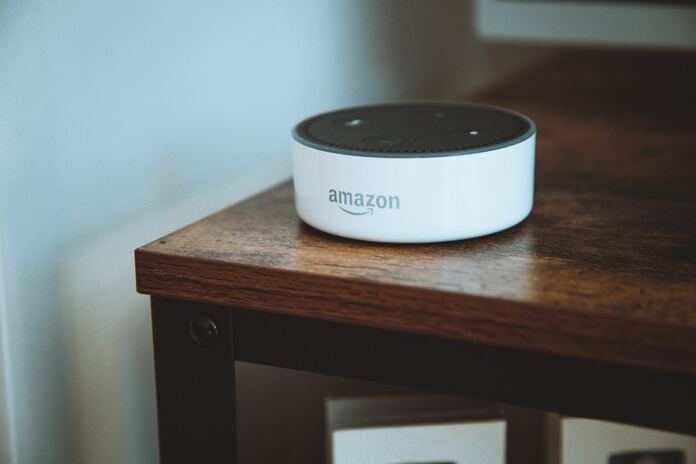Following a horrible 2022, the value of technology stocks has skyrocketed, making them relatively expensive. It is now time to exercise extreme caution.
The index that is heavily weighted toward technology, the Nasdaq Composite (INDEXNASDAQ: IXIC), has risen around 13% so far this year, in contrast to the S&P 500 (INDEXSP:.INX), which has gained less than 4%. Anxiety about financial institutions, rather than stunning outcomes from computer businesses, is the primary driver of this trend.
Consumer Demand and Adoption
The demand for tech products and services has been consistently high, and the pandemic has only accelerated this trend. From remote work to online shopping to digital entertainment, consumers have become increasingly reliant on tech solutions. This has translated into higher revenue and profits for tech companies, driving their market values higher.
Regulatory Risks
Tech companies are facing increasing scrutiny from regulators around the world. Concerns over privacy, competition, and monopoly power have led to investigations and lawsuits against companies like Google (NASDAQ:GOOGL), Facebook (NASDAQ:META), and Amazon (NASDAQ:AMZN). Any regulatory action could have a significant impact on the stock price of these companies.
The risk that more banks will collapse and that it will become more difficult to obtain credit is giving investors anxiety about the expansion of the economy and is placing a lid on gains in the broader stock market. A weaker economy would mean less inflation, which would allow the Federal Reserve to lighten up on rising interest rates. This would have the effect of sending long-term bond yields lower, which would have the effect of increasing the value of future profits.
This is significant for the technology sector because the primary reason why investors purchase growth stocks is for the earnings that the company is anticipated to provide in the coming years. The current discounted value of those gains goes up when interest rates are reduced, which means investors may be willing to pay a higher price.
On the same hand, the relatively rapid expansion of technology companies’ businesses makes their profitability somewhat less sensitive to shifts in demand across the economy as a whole.
The positive start that technology has had to the year is a reverse from 2022 when the Nasdaq sank by 32% as a result of the Federal Reserve raising interest rates to combat inflation, which caused bond yields to increase.
Yet, in light of the current upswing, investing in technology companies might not be the safest move at the moment.
The most obvious explanation is that they now give off an image of being somewhat pricey. According to FactSet, the aggregate forward price/earnings ratio for the Nasdaq is approximately 25.4 times, which is approximately 44% higher than the ratio for the S&P 500, which is 17.6 times. Although the Nasdaq always trades at a premium, the current valuation gap is very large.
It isn’t too far off from that witnessed in August 2020, which was the apex of the rally during the pandemic era, when the Nasdaq traded at a 48% premium to the S&P 500. To put this into perspective, during the course of the last decade, the Nasdaq has sometimes traded at a premium that is lower than 20%.
The so-called PEG ratio of the Nasdaq, which is a measure that divides the price/earnings multiple by the rate of earnings growth so that the valuation can take into account how quickly profits are growing, is, to be sure, relatively appealing. This is because the valuation can take into account how quickly profits are growing. The figure works out to around 1.5 times based on the price-to-earnings ratio of 25.4 times and the anticipated growth rate of aggregate per-share profits of 17% annually over the following three years.
When compared to just over two times what the S&P 500 index trades at for its PEG ratio, that figure is rather modest. At the current level, investors are paying a price that is lower relative to the expected profit growth of the S&P 500 than they are relative to the expected profit growth of the Nasdaq.
One may argue that the PEG for the Nasdaq is only as low as it appears to be if profits growth is genuinely as great as Wall Street anticipates it would be. This is a counterargument. After what might be a challenging year in 2023, it is projected that earnings per share would rise by just over 20% in 2024, contributing to the optimistic outlook for robust growth in the technology sector. By 2025, it would drop to 15% from its current level.
The growth rates of numerous technological trends, such as online shopping, online payments, online streaming of entertainment, and even cloud services, are still rather high, but they are slowing down.
According to Doug Peta, chief U.S. investment strategist at BCA Research, “these mega-cap [tech] companies are subject to the law of huge numbers.” It is challenging to maintain a rapid pace of growth over time.
Even if technology continues to trade at exceptionally high prices, the near future can still bring another surge. The troubles that have been plaguing the banking industry should continue to weigh on the stock market for some time, particularly if more evidence emerges to suggest that the difficulty in borrowing money is harming the economy.
That would result in more money being invested in technology names. According to Peta, “One factor that helps growth’s [tech stocks’] cause is that the fears for the broader market have emanated from worries in one particular component of the market, which are the banks.”
The problem is that buying now is a bet that the tech trade has a little more juice in it for the near term, but the sector looks way less attractive now than it did a few months ago. This is despite the fact that buying now is a bet that the tech trade has a little more juice in it for the near term. It is far more prone to having bad performance.
Featured Image: Unsplash









